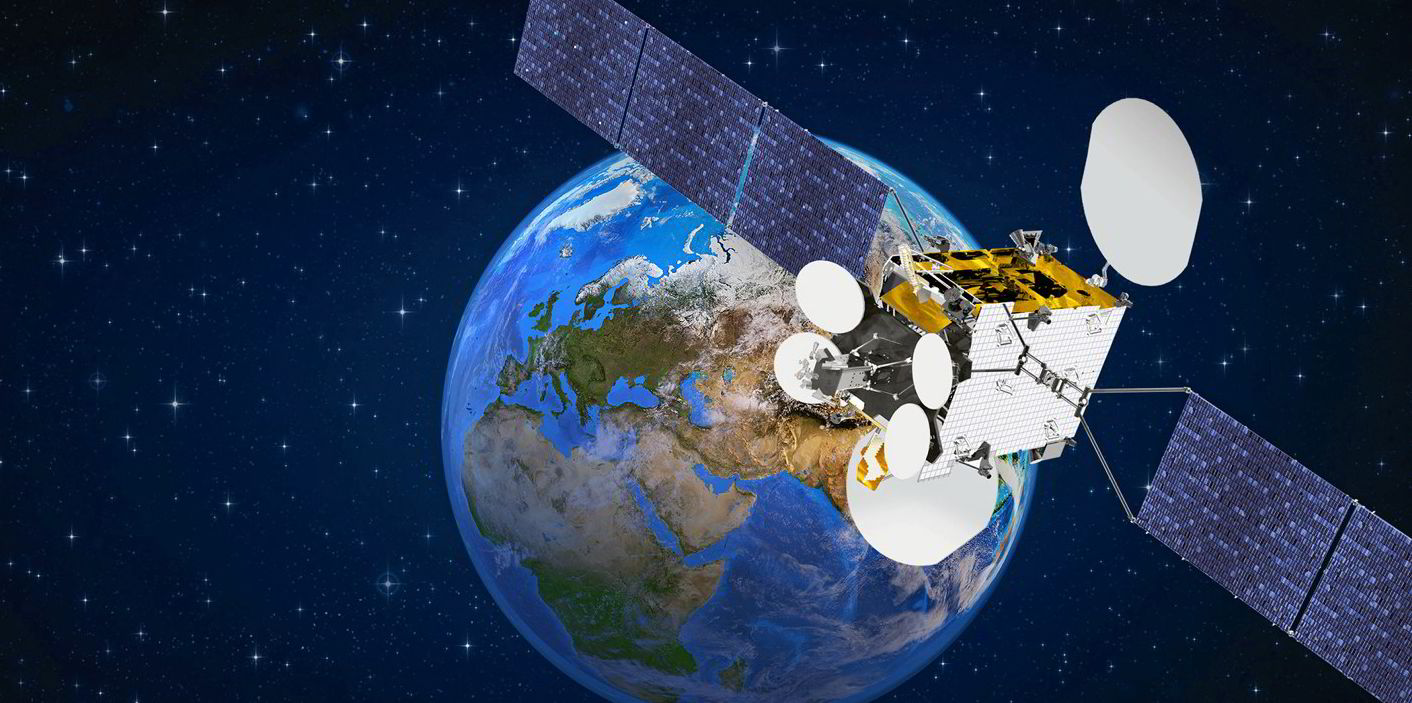Connectivity may one day be given away free if maritime satellite communication companies can bring in sufficient revenues from application providers, industry experts believe.
But for now, the market is likely to continue developing along two lines. Bigger high-tech ship operators will look to build digital ecosystems, including crew services, while smaller owners focus on lowest price.
The digital approach for greener ships will require a seamless meshing of systems and communication modes so users do not notice when a signal switches from one satellite to another as happens more with low earth orbit satellites (LEOs)
Inmarsat claims it already does this with its high-end Fleet Xpress service, which switches automatically between geostationary (GEO) networks beaming on L-band or Ka-bandwidth on its GX satellites.
"Whatever we add will have the same feature. Other networks are not necessarily geared up for seamless mobility," claimed Inmarsat president Ronald Spithout.
Inmarsat's Orchestra will first involve the addition of 5G terrestrial provision to bandwidth hotspots probably starting in 2022, but the company estimates it will not need to add LEO provision for four to five years as it still has GX and L-band satellites on order with 50% more capacity per beam.
"We are committed to providing the best technologies at the best prices, but what Fleet Xpress does is to take away the barriers to digitalisation," said Spithout.
"A lot of the applications that are provided over our platform are coming with the [connectivity] capacity already included. There is a big differentiation going on and it is all about the functionality on board rather than the cost of a megabyte," he added.
KVH Industries chief executive Martin Kits van Heyningen said the leading supplier of very small aperture terminals (VSATs), which built market share providing faster service than Inmarsat's market entry Fleet Broadband service, has a similar vision.
"We see the future being hybrid — GEOs and LEOs and maybe terrestrial services as well. As a company we are satellite agnostic," he said.
So where does that leave upcoming low-cost rival OneWeb, which is targeting the maritime market from 2023 with a network of 650 LEO satellites?
OneWeb head of maritime Carole Plessy told TradeWinds earlier this year that the company intends to offer data bundles in partnership with digital solution providers to overcome problems with connectivity for greener vessel operations.

She claimed LEO providers will eventually win the competition over real-time data for ships while GEO satellites provide back-up capacity.
But in a report last year, consultant McKinsey concluded that "companies planning large LEO satellite internet constellations still need to reduce a range of costs significantly to ensure long-term viability".
OneWeb went bankrupt in March 2020 but was rescued by the UK government and India's Bharti Global pledging joint investment of $1bn. Since then, other partners have joined taking its funding to $2bn.
But questions were raised why the UK would invest so heavily when it usually has a hands-off policy?
The rescue buyout was pushed by Dominic Cummings, then close advisor to Prime Minister Boris Johnson, who was reported to believe OneWeb could replace the Galileo GNSS navigation system the UK had invested $1.8bn in but lost access to when it exited the European Union.
However, OneWeb's LEO satellite system is not technically designed for GPS-style positioning services.





